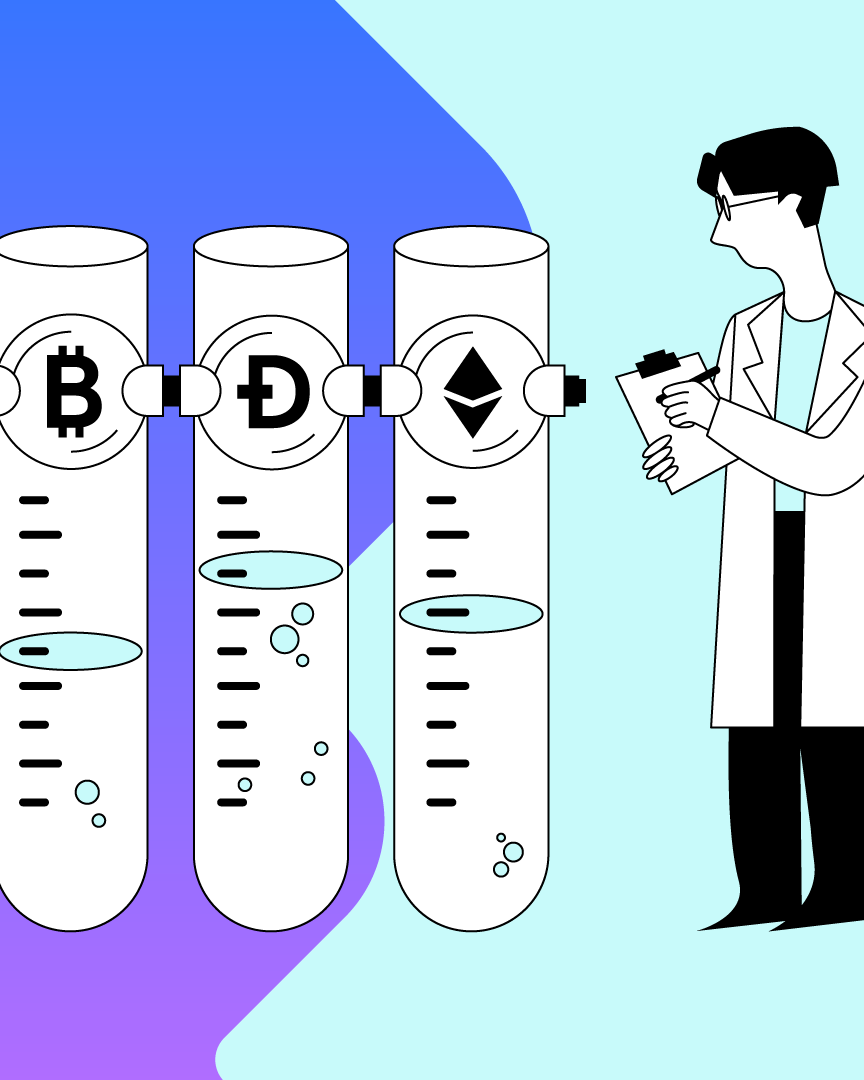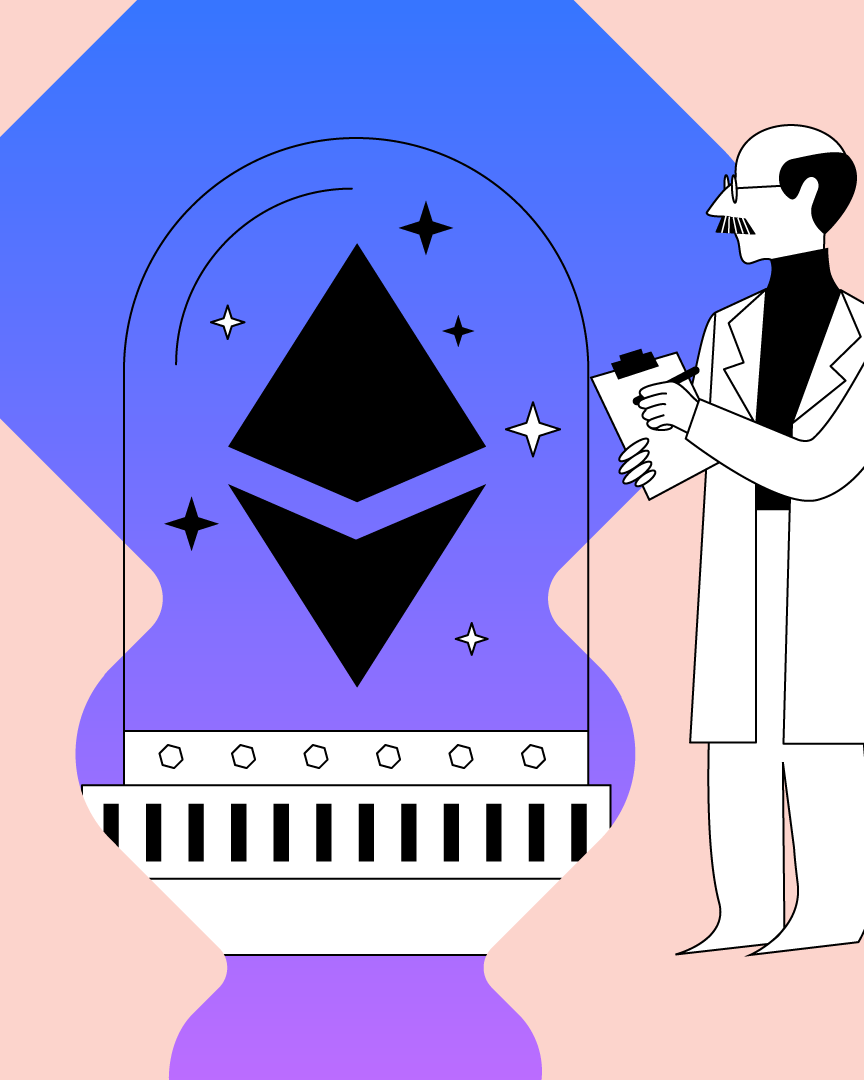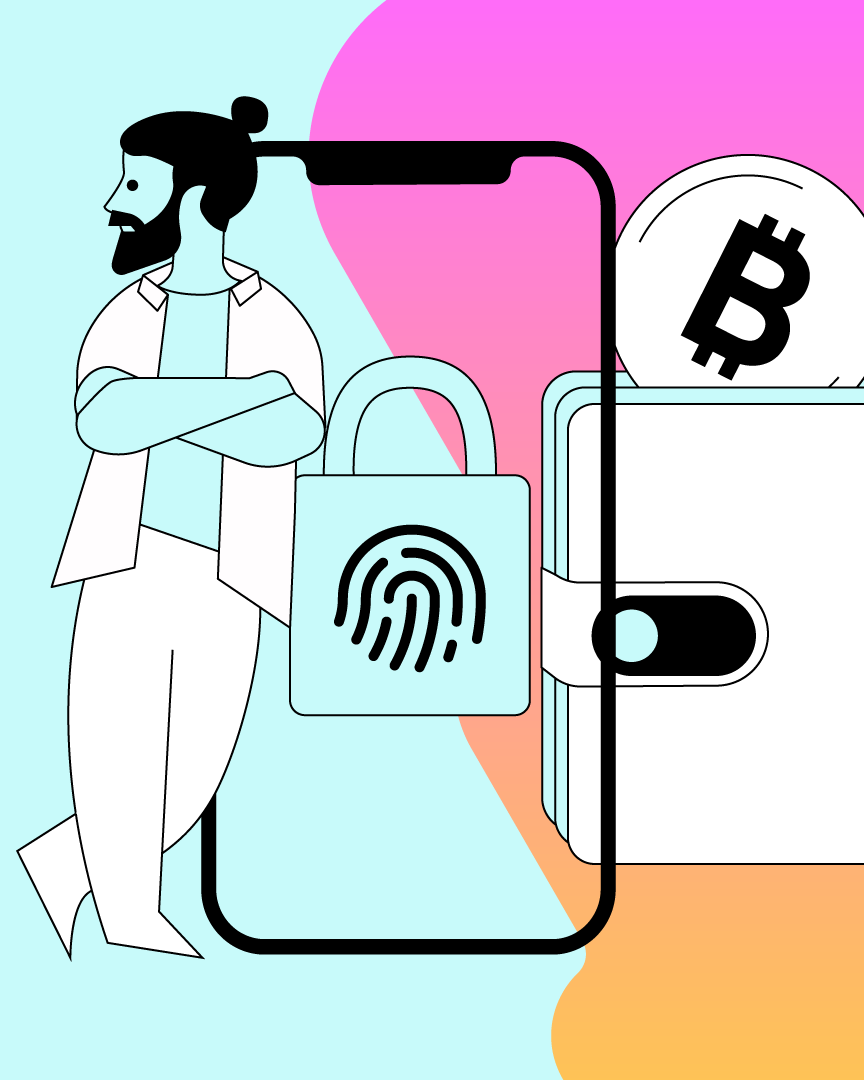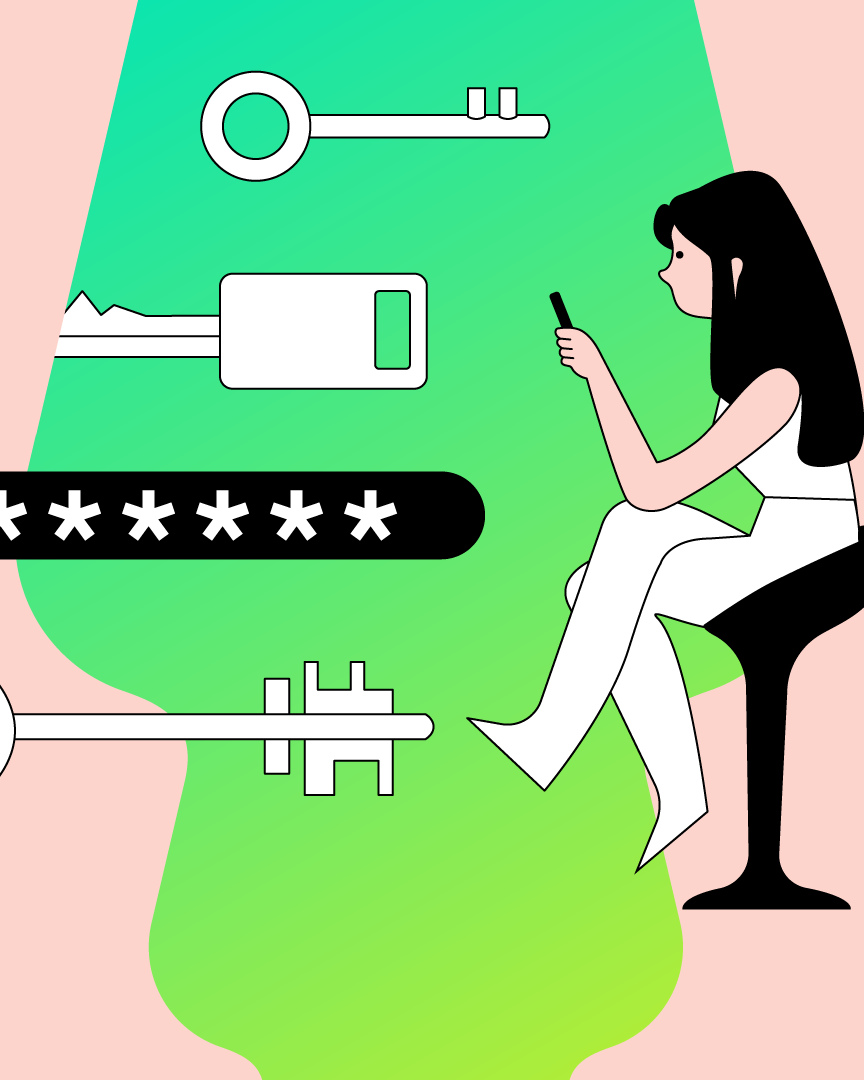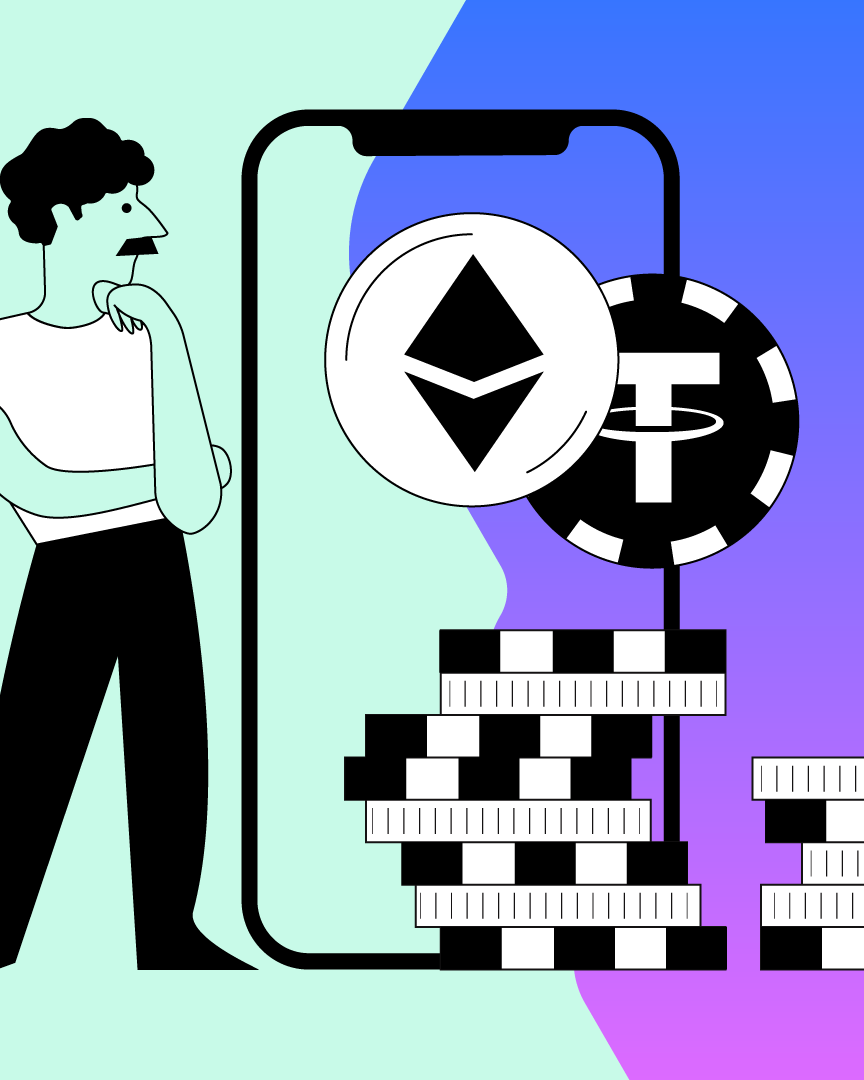1.14 The fundamentals of altcoins
In this lesson, you learn about the fundamentals of altcoins.

Satoshi Nakamoto would not have imagined the scale at which the invention of Bitcoin panned out. Bitcoin laid the foundation atop which an entire structure comprising digital assets exist. Today, the cryptocurrency market with a capitalization of more than $2 trillion encompasses tens of thousands of digital currencies. These cryptocurrencies are broadly categorized into altcoins. From use-cases in different industries to tokens designed to follow an underlying asset - there are several types of altcoins.
In this lesson, you learn about the fundamentals of altcoins.
Contents
- What are altcoins?
- How do altcoins work?
- Types of altcoins
What are altcoins?
Altcoins are the alternative coins to Bitcoin. The name altcoin is a mixture of the terms ‘ALTernative’ and ‘BitCOIN.’ Except for Bitcoin, all other cryptocurrencies are called altcoins.
If Bitcoin, the first and oldest cryptocurrency, is the parent, altcoins are the children. Like how children resemble parents and have unique qualities, altcoins are similar to Bitcoin in certain terms and different in their ways.
Most of the altcoins are created based on Bitcoin’s source code. Since Bitcoin is open-source, developers can create new blockchain-based protocols revising its source code.
How do altcoins work?
As the fundamental source code is the same, altcoins work similarly to Bitcoin. Typically, altcoins have been developed to improve the current features of Bitcoin, such as transaction speed, along with extending its functionality to support specific use-cases. You may also come across altcoins completely different from Bitcoin’s original purpose: peer-to-peer payment network.
Altcoins deploy a proof of work or proof of stake method to build their blockchain network. Bitcoin mainly works on a proof-of-work method which is an inconvenient and energy-expensive way to verify transactions. On the other hand, altcoins like Solana (SOL), Cardano (ADA), and Polkadot (DOT) use the proof-of-stake method.
The Proof-of-Stake is a more energy-efficient method and enables an easier as well as quicker way to verify transactions compared to the proof-of-work.
Types of altcoins
There are various types of altcoins catering to different use-cases and utility functions. Let’s take a look at the different categories of altcoins.
Stablecoins
The main purpose of stablecoins is to control the constant price change in cryptocurrencies. Stablecoins follow the price of another stable asset like the US dollar (USD), Euro (EUR), etc.
The use-case for stablecoins is mainly for savings or transactions but not for investments. Tether (USDT), USD Coin (USDC) are examples of stablecoins.
Mining-based altcoins
Altcoins that use mining to verify transactions and create more coins fall into this category. Miners use hardware computers to solve mathematical equations in order to verify transactions and receive coins as rewards.
Litecoin (LTC), Ethereum Classic (ETC), Monero (XMR) are examples of mining-based altcoins.
Utility tokens
Think of utility tokens like the coins of a game. You need game coins to access and play. However, these coins do not represent a stake in the game. Similarly, utility tokens act as vouchers to access the products or services of a company.
For example, Filecoin - a decentralized data storage platform, provides access to its services through its native token FIL. Basic Attention Token (BAT) enables a Web 3.0 ecosystem to reward creators and value user attention on the internet through its native utility token.
Security tokens
Considering our example above, security tokens are like owning shares of the game. They represent a stake in an asset or a company. From an investment standpoint, the value of a security token derives from an underlying asset. For instance, a physical real-estate property can be digitally divided into equal shares which are represented by security tokens raised on the blockchain. In this case, the value of your security token is equivalent to the value of your share in the underlying asset - real-estate property.
Examples of security tokens are Polymath, Swarm, Securitize, Bankex, etc.
While altcoins open up innumerable possibilities to explore blockchain technology, they are highly volatile by nature. One thing is for sure, they have changed the landscape of the crypto industry.
DE
This material does not constitute investment advice, nor is it an offer or solicitation to purchase any cryptocurrency assets.
This material is for general informational and educational purposes only and, to that extent, makes no warranty as to, nor should it be construed as such, regarding the reliability, accuracy, completeness or correctness of the materials or opinions contained herein.
Certain statements in this educational material may relate to future expectations that are based on our current views and assumptions and involve uncertainties that could cause actual results, performance or events to differ from those statements.
BB Trade Estonia OU and its representatives and those working directly or indirectly with BB Trade Estonia OU do not accept any liability arising from this article.
Please note that investing in cryptocurrency assets carries risks in addition to the opportunities described above.







